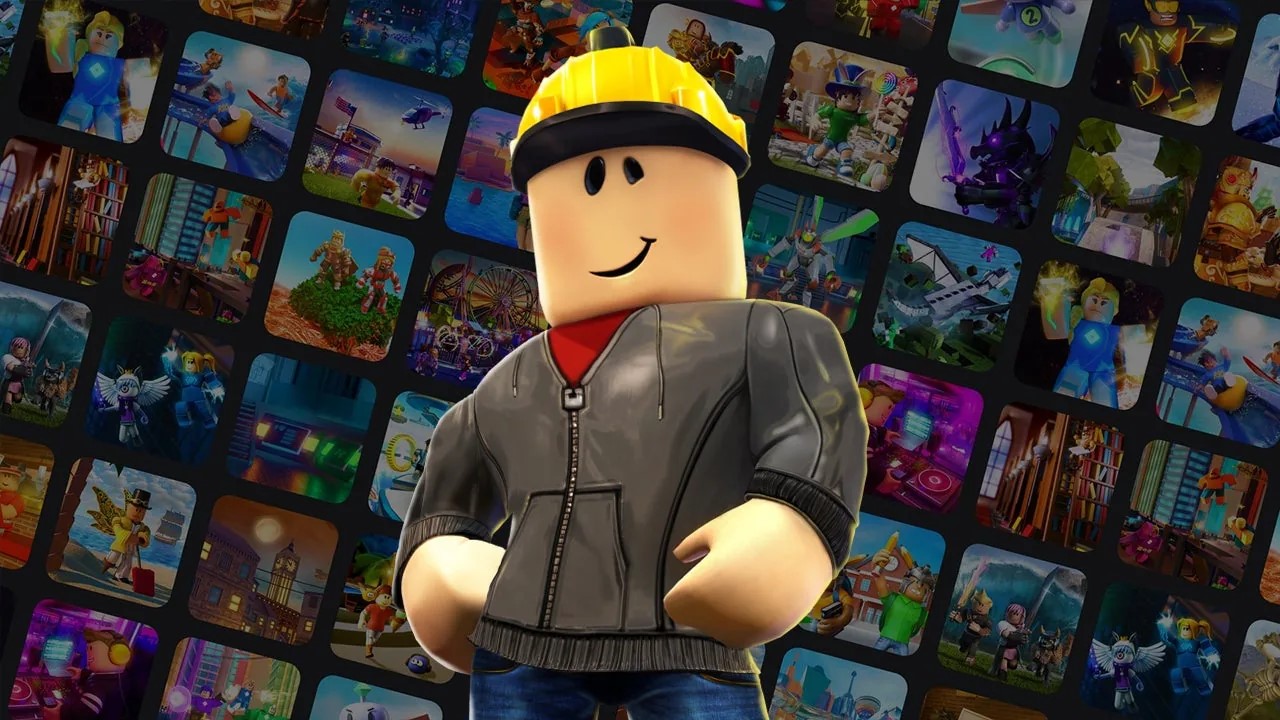- Modern games often have poor image quality despite graphical improvements, mainly due to Temporal Anti-Aliasing.
- TAA prioritizes performance over visual clarity, resulting in ghosting and blurriness, especially at lower resolutions.
- Better alternatives like MSAA provide sharper images without these issues but are rarely utilized in modern game development.
Despite being improved graphically, modern games have regressed in terms of actual image quality compared to games of a decade ago. This is due to developers opting for the worst-implemented anti-aliasing method, TAA.
For a little context, anti-aliasing is a method used to sharpen out high-resolution images on a low resolution that would otherwise appear in a staircase way due to overlapping pixels.
There are multiple anti-aliasing methods, each with pros and cons, and TAA is the worst method as far as gamers are concerned. Despite that, developers forcefully implement TAA for better game performance even though it results in a blurry, low-quality image.
Why It Matters: TAA can cause ghosting, jittering, and blurry images that ruin visibility. It is a significant trade-off for fewer jagged lines. Due to its ghost trailing and blurry effects, TAA can significantly affect the gaming experience, especially competitive ones.
Is TAA Really That Bad?

TAA relies on frame history and calculates the current pixel appearance using multiple frames. This can lead to a huge performance boost, but it also has the downside of ghosting artifacts and blurriness due to the current frame being rendered from past frames at different angles.
TAA works really well for a static image but is quite noticeable on a spanning camera. This method also results in frames leaving trails behind for what’s known as ghosting. Another drawback is smearing, which results in overlapping frames being rendered in different lighting and environments.
While the image quality is a drawback, Temporal Anti-Aliasing is incredible for performance. This also significantly reduces flickering. To combat ghosting and blurriness, TAA now supports sharpening methods that enhance soft details by TAA but can often lead to downsides, making an image look too over-processed.
In distant environments, TAA looks terrible and will often blend character with environments, making it hard to distinguish between enemy or landscape.
TAA works well for higher resolutions, such as 4K, due to the significantly higher number of pixels that minimize the ghosting and blurry effects. The problem is that most gamers don’t game on a 4K display, and TAA really shows its downsides on a lower resolution scale.
Why Developers Opt For TAA
With a much better alternative at hand, the question arises: Why do developers still opt for TAA? Some games have locked TAA as an anti-aliasing method with no way to disable it, such as Cyberpunk 2077, Watch Dogs: Legion, Last of Us Part 1, and more.
This technology being forced in games is to hide the fact that they have unstable shaders and undersample other graphical effects such as reflections, shadows, and more. It smooths out these visual artifacts and provides a significant performance boost for the marginal drawback of bad image quality.
A prime example of this is Hellblade 2: Senua’s Sacrifice. Without Temporal Anti-Aliasing, the shadows look extremely broken. I blame developers for pushing out unoptimized releases and using these practices to make the games playable with a bad experience.
This tech is so hated that gamers have even made a subreddit to hate it.
7900XT + overclocked 12700k, 1440p. How is this acceptable lmao
byu/Screwdriver_man inFuckTAA
Why MSAA Is A Much Better Alternative
It should be obvious that every anti-aliasing method has its trade-offs, and MSAA is a much better alternative. In comparison, MSAA offers a sharper, more refined, and crisper image quality.
Rather than relying on frame history, MSAA samples each frame directly on edge points and blends them. Hence, MSAA quality doesn’t have any blurriness or ghosting effects. Because of this, MSAA works impressively on competitive games and fast-spanning cameras.
Unlike TAA, which relies on other post-processing features such as sharpening, MSAA works independently and isn’t drawn back regarding image quality if users decide to shut down other post-processing features.
Other anti-aliasing methods exist, such as SSAA, FXAA, or TAA. However, MSAA is the best option, in my opinion, due to the healthy trade-off between image quality and performance.
Unfortunately, the industry is also showing no signs of straying away from implementing TAA, and most game engines don’t even support MSAA nowadays due to them being based on deferred rendering. The only solution I can suggest is using a high-rez monitor and maybe disabling Temporal Anti-Aliasing or keeping it on, according to user preference. I think more games should support SAA since TAA has become an industry standard. Thank you! Please share your positive feedback. 🔋 How could we improve this post? Please Help us. 😔 [Staff Writer] Shaheer is currently pursuing a Business degree while also working as a part-time Content Writer. With his deep passion for both writing and video games, he has seamlessly transitioned into a role as a Journalist. Over the past two years, Shaheer has contributed as a freelancer to various websites and landed positions on acclaimed platforms like Gamerant. Currently, his role at Tech4gamers is as a Features Writer, but he also covers News occasionally. Shaheer’s favorite gaming franchises are Assassin’s Creed and the God of War series. Get In Touch: shaheerzahid03@gmail.com


 Threads
Threads

